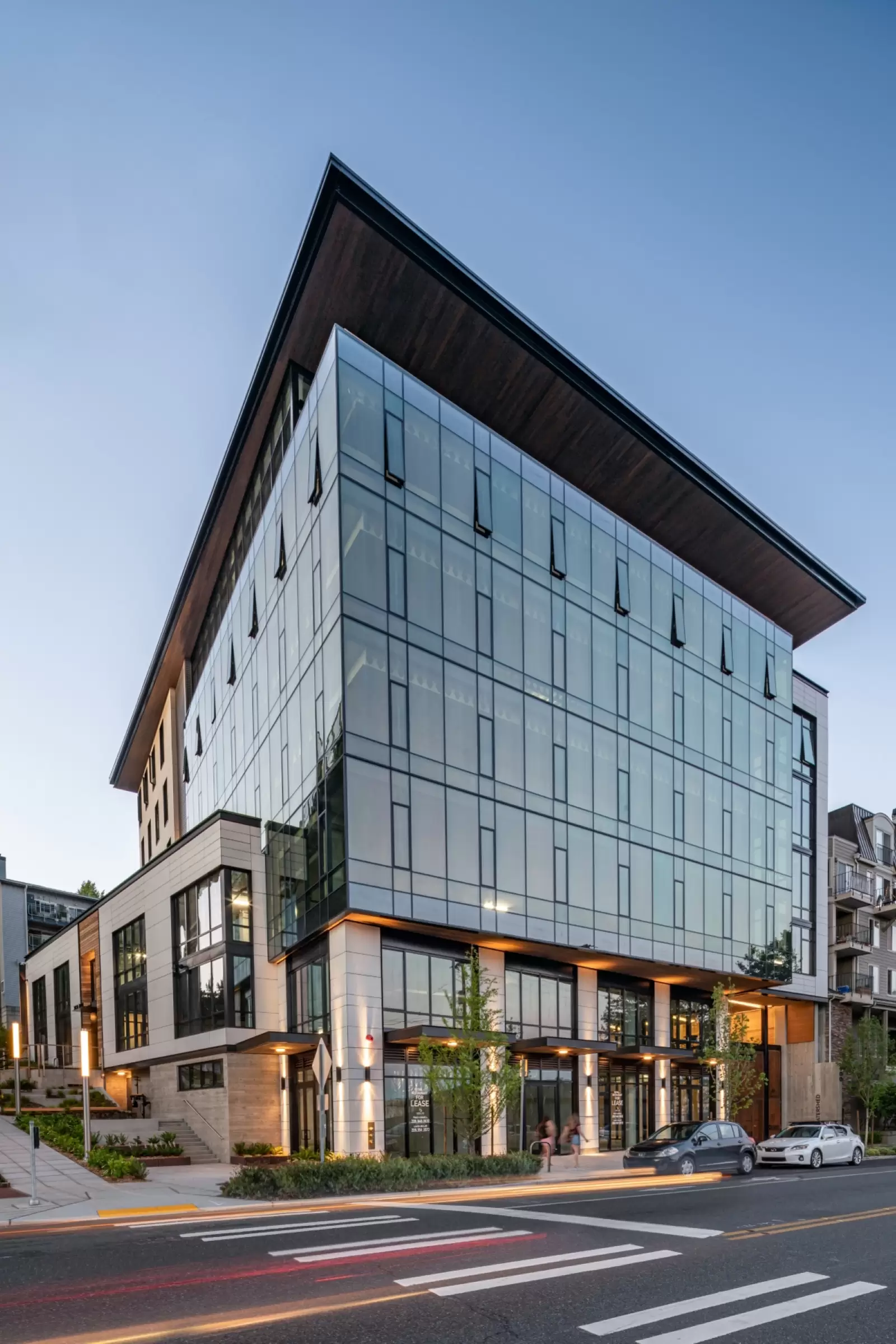Vitro Architectural Glass is known for its iconic and influential Solarban® glass in the realm of architectural glass.
As they mark the 60-year anniversary of this groundbreaking product, it is essential to reflect on the evolution and impact of Solarban® glass as a standard-bearer for energy efficiency and sustainable design in the construction industry.
Launched in 1964, Solarban® glass was a trailblazer, becoming one of the earliest coated energy-efficient glass solutions. Designed specifically to deflect heat, it not only enhanced occupant comfort but also contributed to significant reductions in utility expenses related to heating, ventilation, and air conditioning (HVAC) systems. In doing so, Solarban® laid the groundwork for the sustainable building movement, enabling architects and designers to meet—and often exceed—eco-friendly design objectives.
Throughout its six-decade journey, Solarban® glass has consistently led the charge in innovation within architectural glass. The 1980s and early 1990s witnessed the introduction of single-silver and double-silver low-emissivity (low-e) glasses. These advancements further improved thermal performance in residential and commercial buildings, allowing for exceptional year-round comfort while curbing heating and cooling costs.
The dawn of the new millennium brought about another revolutionary leap with the launch of Solarban® 60 glass—a double-silver vacuum temperable low-e glass. This innovation was particularly significant because it facilitated post-manufacturing fabrication, allowing architects and builders greater flexibility in design while maintaining high energy-efficiency standards.
As the industry evolved, so did the capabilities of Solarban® glass. At the Greenbuild International Conference and Expo in 2005, Vitro introduced Solarban® 70 glass, the world’s first triple-silver low-e glass. Its immediate success is a testament to its performance, with more than 700 million square feet shipped to date. This product rapidly became the go-to choice among architects and construction professionals, symbolizing a new era in sustainable building materials.
Continuing on this trajectory of innovation, in 2015, Vitro unveiled Solarban® 90 glass, heralded as the first-ever quad-silver low-e glass. This product represents the pinnacle of solar control technology, offering the highest levels of thermal performance in the Solarban® line, thus reinforcing Vitro’s commitment to developing solutions that meet the growing demands for energy efficiency and sustainable design.
The evolution of Solarban® glass over the past 60 years is not just a story of technological advancement; it is also a reflection of a broader commitment to sustainability in architecture. As building codes tighten and environmental considerations become increasingly paramount, the role of products like Solarban® glass will only grow more critical.
As we celebrate six decades of Solarban® glass, we also look ahead to the future. The advancements we’ve witnessed thus far are merely the beginning. The continued dedication of Vitro Architectural Glass to innovation reflects the collective aspiration for greener, more sustainable environments, providing architects and designers with the tools they need to create structures that are not only beautiful but also responsible. With the legacy of Solarban® glass as a cornerstone of this mission, the future of architectural glass promises to be bright and environmentally conscious.
Source: LIJIANG Glass with additional information added by GlassBalkan







